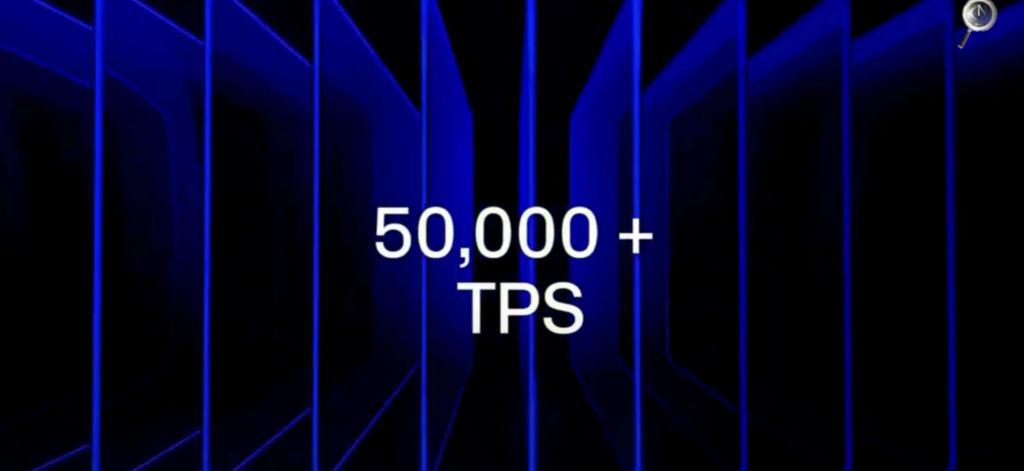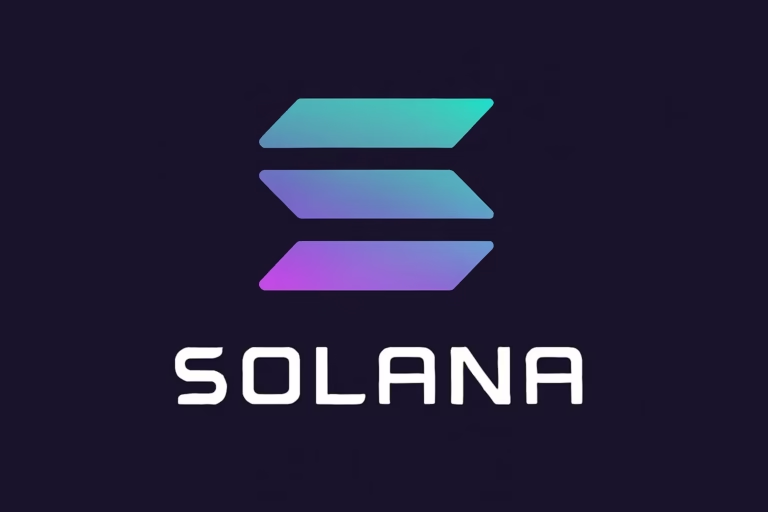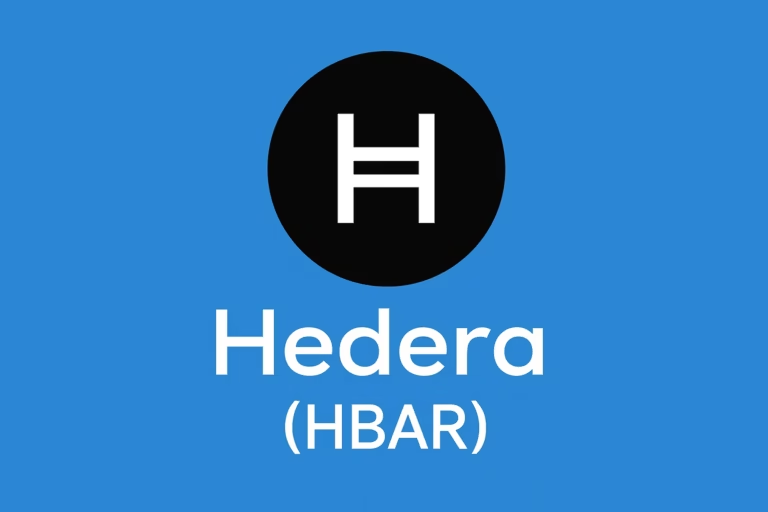
Source : Crypto News focus youtube channel
IOTA is gearing up for one of the most significant upgrades in its history. On May 5, 2025, the IOTA network will undergo a transformative rebase that marks the beginning of a new chapter—one defined by full decentralization, smart contract integration, and real-world utility.
Built on nearly a decade of research, this new IOTA promises to deliver a powerful foundation for the next wave of Web3 innovation. The team describes it as a leap “inspired by the best of Web3, committed to open-source values.”
What’s Changing?
The rebased IOTA Mainnet will introduce:
- Full decentralization with up to 150 validators
- Blazing scalability, boasting 50,000+ TPS and subsecond finality
- Staking rewards ranging between 10%–15% APY
- MoveVM, enabling Layer 1 smart contracts
“IOTA is no longer just an experiment in scalability—it’s a full-scale platform ready for global adoption,”

said Dominik Schiener, Co-Founder of IOTA, in a recent X Space Townhall.
Smooth Transition, Massive Impact
During the upgrade process:
- $IOTA trading remains live on exchanges
- Deposits and withdrawals will be paused temporarily
- A 13-Validator Genesis Ceremony will launch the rebased network.
These steps are designed to ensure a seamless transition for token holders and network participants. Users are encouraged to review the official launch guide.
IOTA Future Starts Now
This mainnet rebase is more than a technical upgrade—it’s a strategic move to position IOTA as a major contender in the next phase of blockchain development. Additionally, with a focus on scalability, security, and usability, IOTA aims to become the go-to infrastructure for decentralized applications and real-world use cases.
“As of 5.5.2025, we leave the past behind and step into the future of a fully decentralized, enterprise-ready IOTA,”
Schiener emphasized during the April 23rd Townhall event.
The rebased IOTA delivers the tools developers and enterprises need. Moreover, a dedicated community actively supports this shift toward decentralization and innovation.
DISCLAIMER:
The views and opinions expressed herein are solely those of the author and do not necessarily reflect the views of the publisher. The publisher does not endorse or guarantee the accuracy of any information presented in this article. We encourage readers to conduct further research and consult additional sources before making any decisions based on the content provided.




